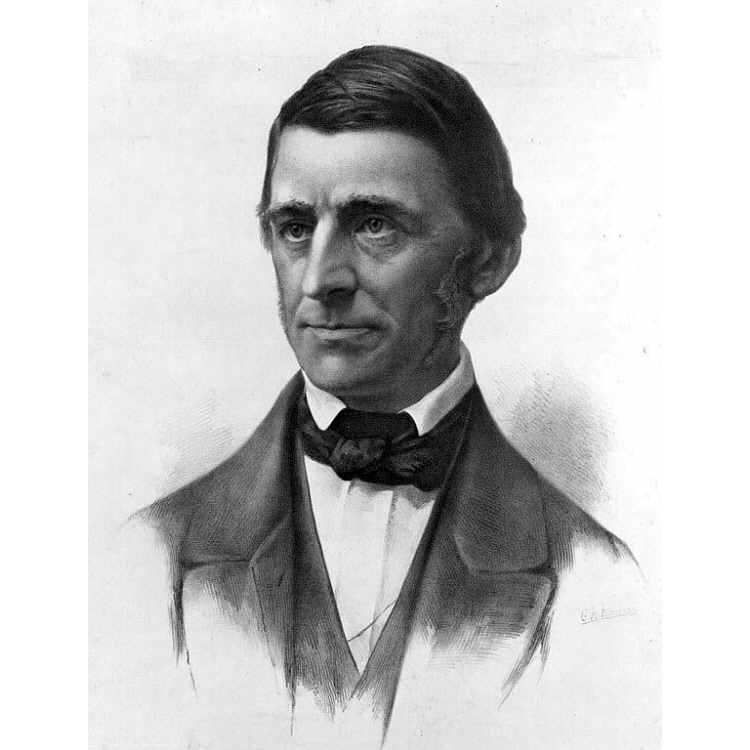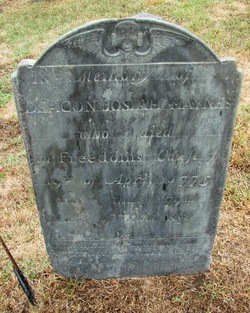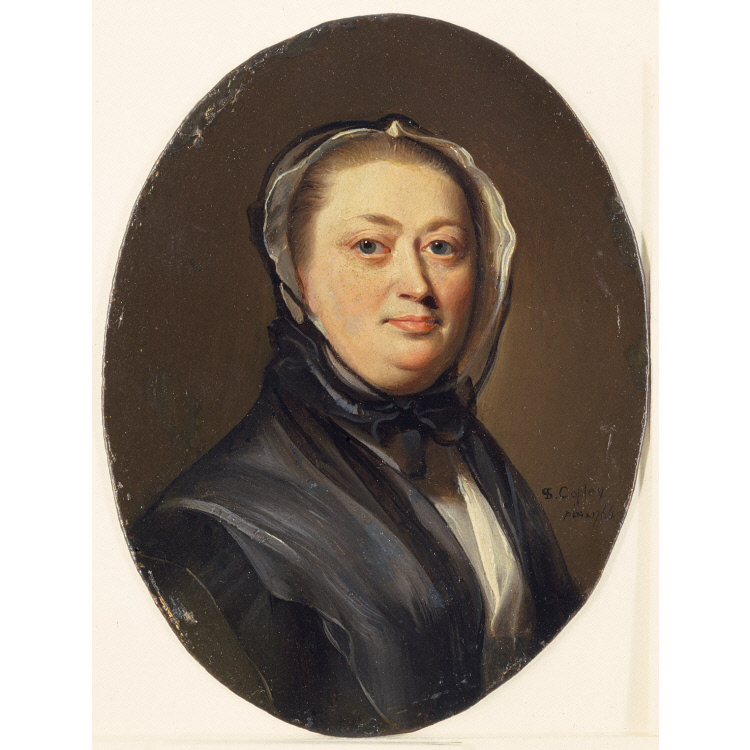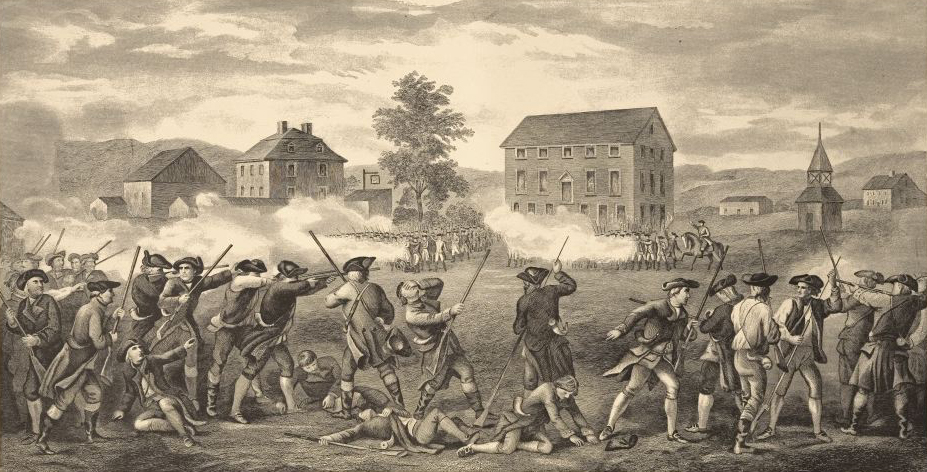Lt. Isaac Potter as a House Guest
Earlier this year Joel Bohy alerted me to a passage from the diary of Ralph Waldo Emerson dated 5 Aug 1835:
It is a good trait of the manners of the times that Thaddeus Blood told me this morning that he (then twenty years old) and Mr. Ball (fifty) were set out to guard Lieutenant Potter, the British Officer taken at Lexington, 19 April, ’75; and, whilst staying at Reuben Brown’s, Potter invited them both to dine with him.Presumably those were men from Groton on their way to the siege lines. Their town was in a struggle with its Loyalist minister that verged on violence, so they may well have had a reputation for being especially hearty Patriots.
He, Lieutenant Potter, asked a blessing, and after dinner asked Mr. Ball to dismiss the table, “which he did very well for an old farmer.” Lieutenant Potter then poured out a glass of wine to each and they left the table.
Presently came by a company from Groton, and Lieutenant Potter was alarmed for his own safety. They bolted the doors, etc., etc.
Thaddeus Blood was indeed an aged veteran of the Revolutionary War, the author of a long and detailed account of the start of the fighting that was finally published in the 1880s. As for old Mr. Ball, so many men named Ball were living in Concord at the time—there’s a whole website devoted to them—that I haven’t been able to identify the one about age fifty who dismissed the table.
Lt. Potter reportedly left something else behind at Brown’s house: a military sword. It was displayed at the one-hundredth anniversary of the battle in 1875 and described like this:
The weapon is much heavier than the American swords, and the blade wider and longer. It appears to be a fighting sword, while the others are more of an ornamental or parade article. The handle is black, with heavy brass surroundings on the hilt. The inscription on the guard is ”Xth Rgt. Co. VI. No. 10.” This is also the property of Mr. [Cummings E.] Davis.By then, people in Concord misremembered Potter’s first name as “James.” He was an officer in the marines, so it’s not clear why he would have been carrying a sword marked for the army’s 10th Regiment of Foot. It’s possible that sword was lost by an officer in the 10th and then mistakenly linked to Potter.
The last we see of Lt. Potter was during a prisoner exchange in Charlestown on 6 June. The newspaper report listed one of the British officers being returned to his side of the lines as “Lieut. Potter, of the marines, in a chaise”—presumably he was still feeling the effects of his wounds.
















